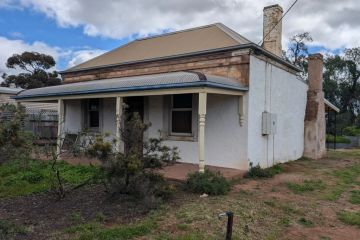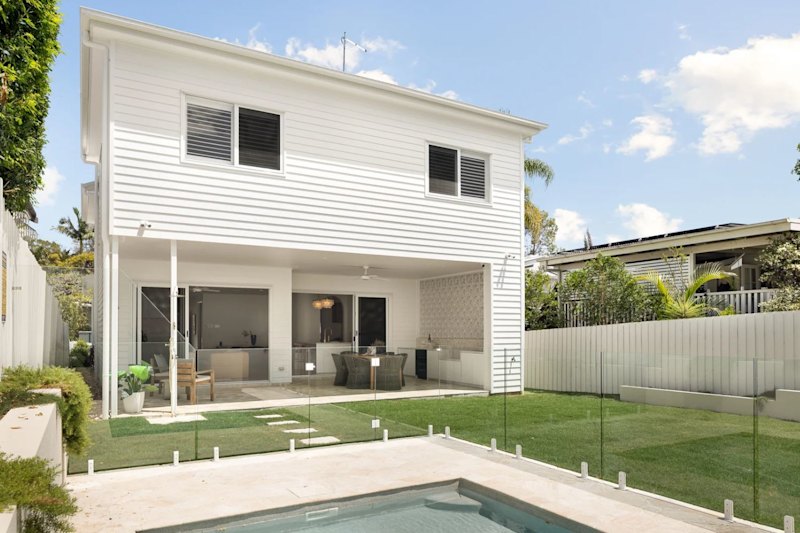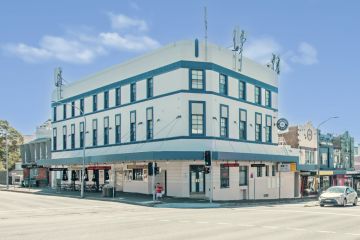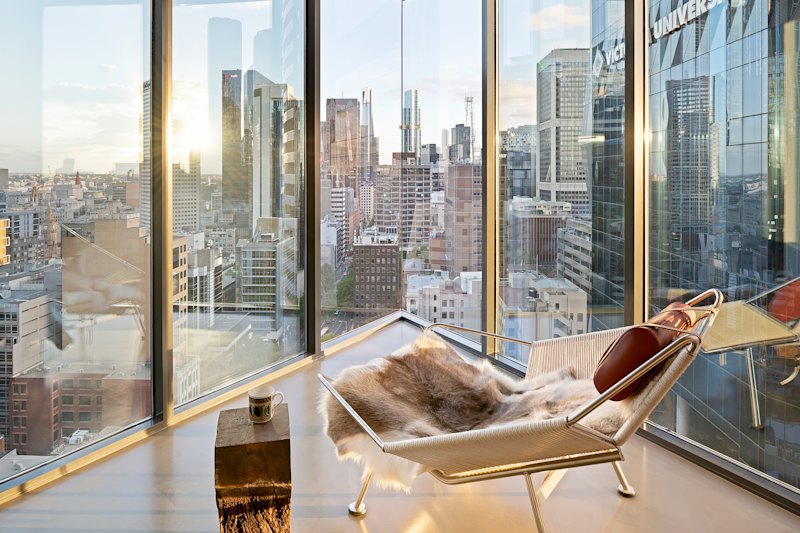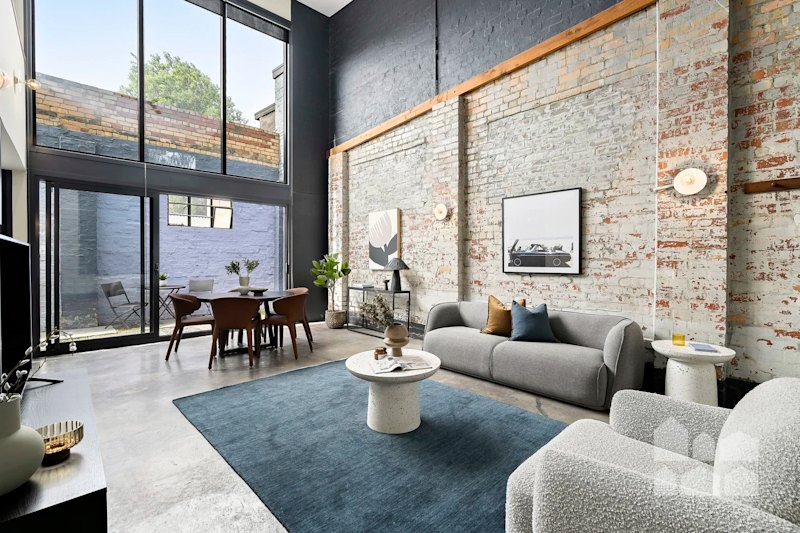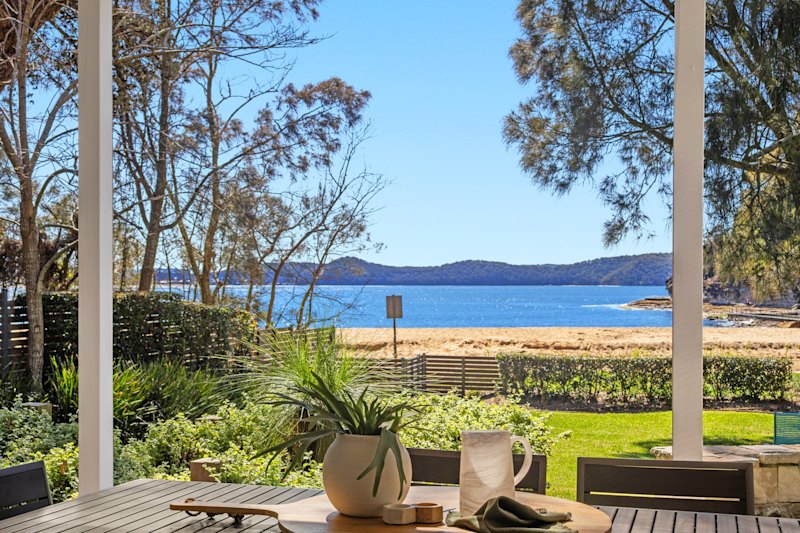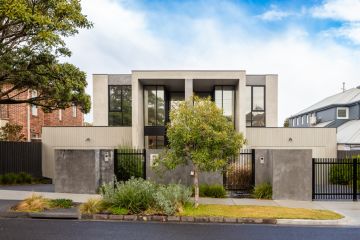Artist Trevor Dickinson and his passion for Canberra bus shelters

Trevor Dickinson is a renowned artist whose work illustrates buildings, street furniture and urban scenes of Canberra, including the iconic bus shelter.
In my formative years as a young architect and newly arrived in Canberra, I had the pleasure of working in Clem Cummings’ office in the mid-’80s. The drawings for the now-iconic bus shelters were in the office plan drawers and I can remember being curious about their construction.
Well, the design actually goes back as far as 1974, when your employer, Canberra architect Clem Cummings, was commissioned to come up a new bus shelter for Canberra. It was modern, efficient and built to last. Now, more than 40 years later, almost 500 are still standing. They have become as much a symbol of our capital city as red telephone boxes are to London. You only have to travel along any Canberra street from the city centre to the outer edge to see how these retro shelters put a particular Canberra stamp onto even the most suburban location.
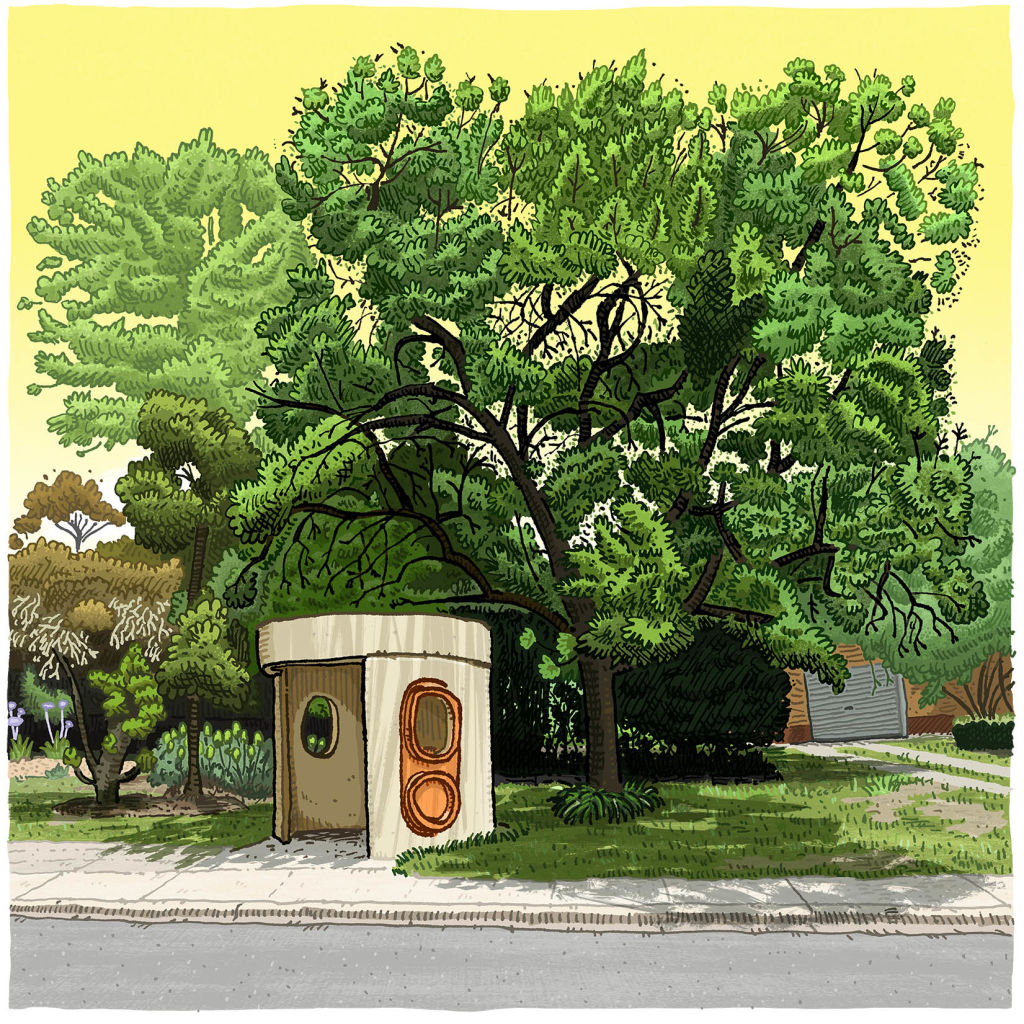
You seem to have developed a passion for the shelters as well as a drive to have others acknowledge their significance. What was the impulse that got you started?
It was the clear sense of place they evoke that attracted me to make the body of work. One intention was to create a portrait of Canberra unlike any other but, mainly, I just wanted to celebrate an overlooked and very cool ’70s structure.
What have you done to document these ubiquitous structures?
I spent the past six years photographing every Clem Cummings shelter on the streets of Canberra. This wasn’t as repetitive as it sounds, because although the shelters all seem the same, they can vary hugely.
- Related: Canberra potter behind Girl Nomad Ceramics talks beauty in imperfection
- Related: Tim Ross on why he’s a huge fan of Canberra design
- Related: Forestry and sustainability a signature of Canberra woodworker Hiroshi Yamaguchi
What do you mean by that?
They are like the Easter Island statues, the Tikis of the suburbs. They have a distinct face and their expression shifts as the light changes throughout the day. Even the most uninspiring shelter comes to life in the hour before sunrise and sunset, or at night as deep shadows are cast under a street lamp. They can be found in both rural and urban settings and their surroundings vary with the seasons as leaves fall or blossom grows. Compositions are created using lamp posts, telegraph poles and signposts, and altered as rubbish is discarded, bins are put out and graffiti is added.
Some might say these are just concrete boxes; do other people have a similar emotional attachment to them like you?
Since starting the project I’ve enjoyed hearing stories from locals who’ve shared the experience of waiting and often freezing in these shelters as school children – from the ’70s, ’80s, ’90s and beyond. It’s most satisfying that nowadays I no longer hear people calling the shelters ugly.
Has it all been worthwhile?
If these drawings evoke memories and help Canberrans notice and appreciate a distinctive part of their culture, I’ve done my job.
Where can people see your artwork?
I have selected more than 50 of the most striking examples to draw and develop into digital prints. This collection reveals that every shelter has its own personality and context, and these can be viewed at the Canberra Museum and Gallery exhibition on London Circuit.
Tony Trobe is director of TT Architecture, specialising in the design of sustainable residential architecture. Is there a planning or design issue in Canberra you would like to discuss? Email tonytrobe@ttarchitecture.com.au
We recommend
We thought you might like
States
Capital Cities
Capital Cities - Rentals
Popular Areas
Allhomes
More
